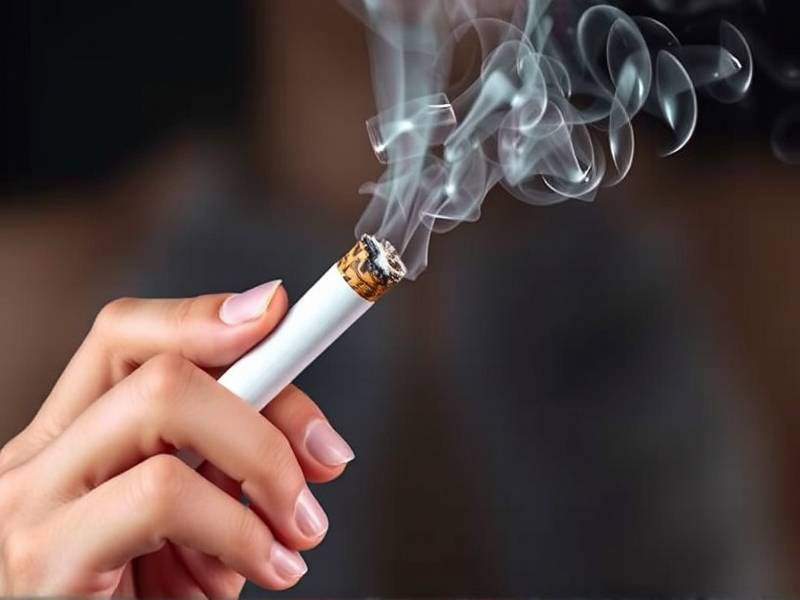Do You Get Phlegm After Quitting Smoking? Understanding the Physical Changes During the Quitting Pro
Do You Get Phlegm After Quitting Smoking? Understanding the Physical Changes During the Quitting Process
Introduction: Quitting smoking is a significant step towards a healthier life. However, it's not uncommon to experience various physical changes during the quitting process. One of these changes is the presence of phlegm. In this article, we will explore why you might experience phlegm after quitting smoking and understand the physical changes that occur during this journey.
I. What is Phlegm? Phlegm, also known as sputum, is a sticky substance produced by the respiratory system to trap foreign particles and protect the lungs. When you smoke, your body produces more mucus to try and clear out the harmful substances from your lungs.

II. The Role of Smoking in Phlegm Production Smoking causes inflammation and irritation in your airways, leading to an increase in mucus production. The chemicals in cigarettes can damage the lining of your airways, causing them to produce more mucus than usual.
III. The Body's Response After Quitting Smoking When you quit smoking, your body starts to repair itself and heal from the damage caused by tobacco smoke. This healing process can lead to an increase in mucus production as your body works to clear out trapped particles and debris from your lungs.
IV. Why Do You Experience More Phlegm After Quitting Smoking? Here are a few reasons why you might experience more phlegm after quitting smoking:
A. Increased Mucus Production: Your body may produce more mucus as it tries to remove toxins and debris from your lungs.
B. Healing Inflammation: As your airways heal from inflammation caused by smoking, they may become more sensitive and produce more mucus.

C. Cleansing Process: Quitting smoking triggers a cleansing process where your body works to remove harmful substances accumulated over time.
V. How Long Will It Last? The duration of increased phlegm production after quitting smoking can vary from person to person. Some individuals may notice an improvement within a few weeks, while others might experience it for several months.
VI. Coping with Increased Phlegm Here are some tips to help you cope with increased phlegm production after quitting smoking:
A. Stay Hydrated: Drinking plenty of fluids can help thin out mucus and make it easier to cough up.
B. Use Saline Nasal Sprays: These sprays can help keep your nasal passages moist and reduce congestion.
C. Practice Good Breathing Techniques: Techniques like deep breathing exercises can help improve lung function and reduce symptoms associated with increased mucus production.
Conclusion: Experiencing phlegm after quitting smoking is a common symptom that occurs as part of the body's healing process. By understanding why this happens and implementing coping strategies, you can navigate this phase on your journey towards a healthier life without cigarettes.
